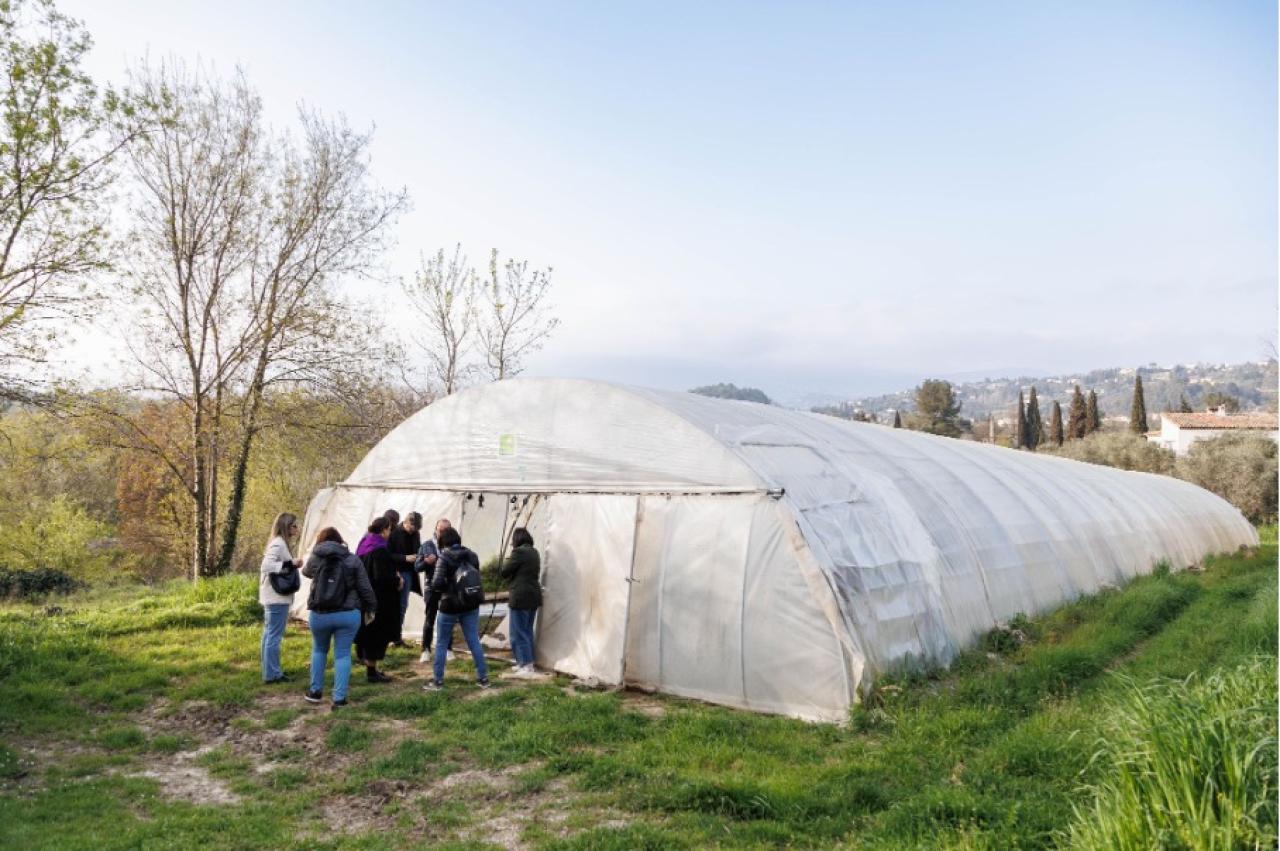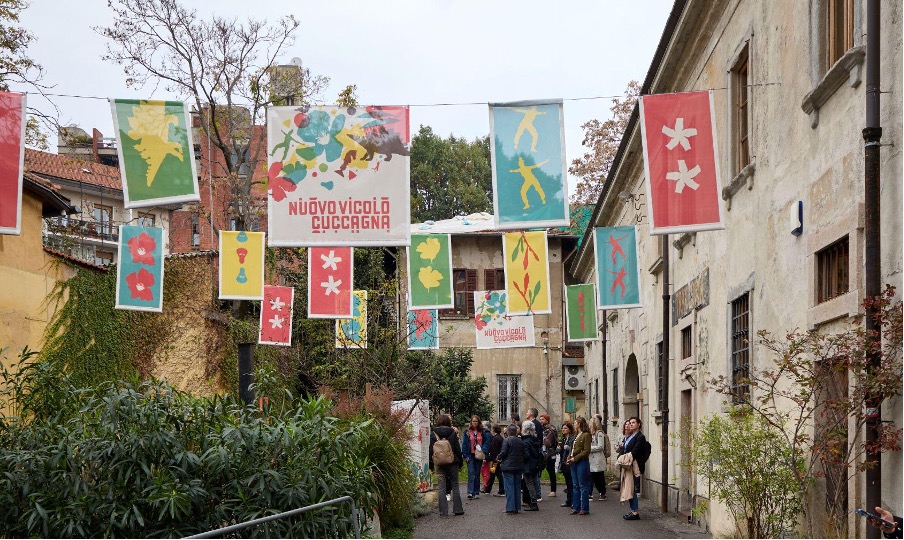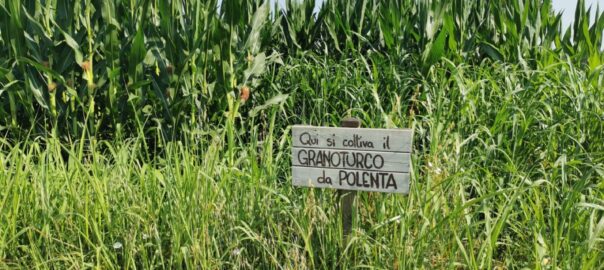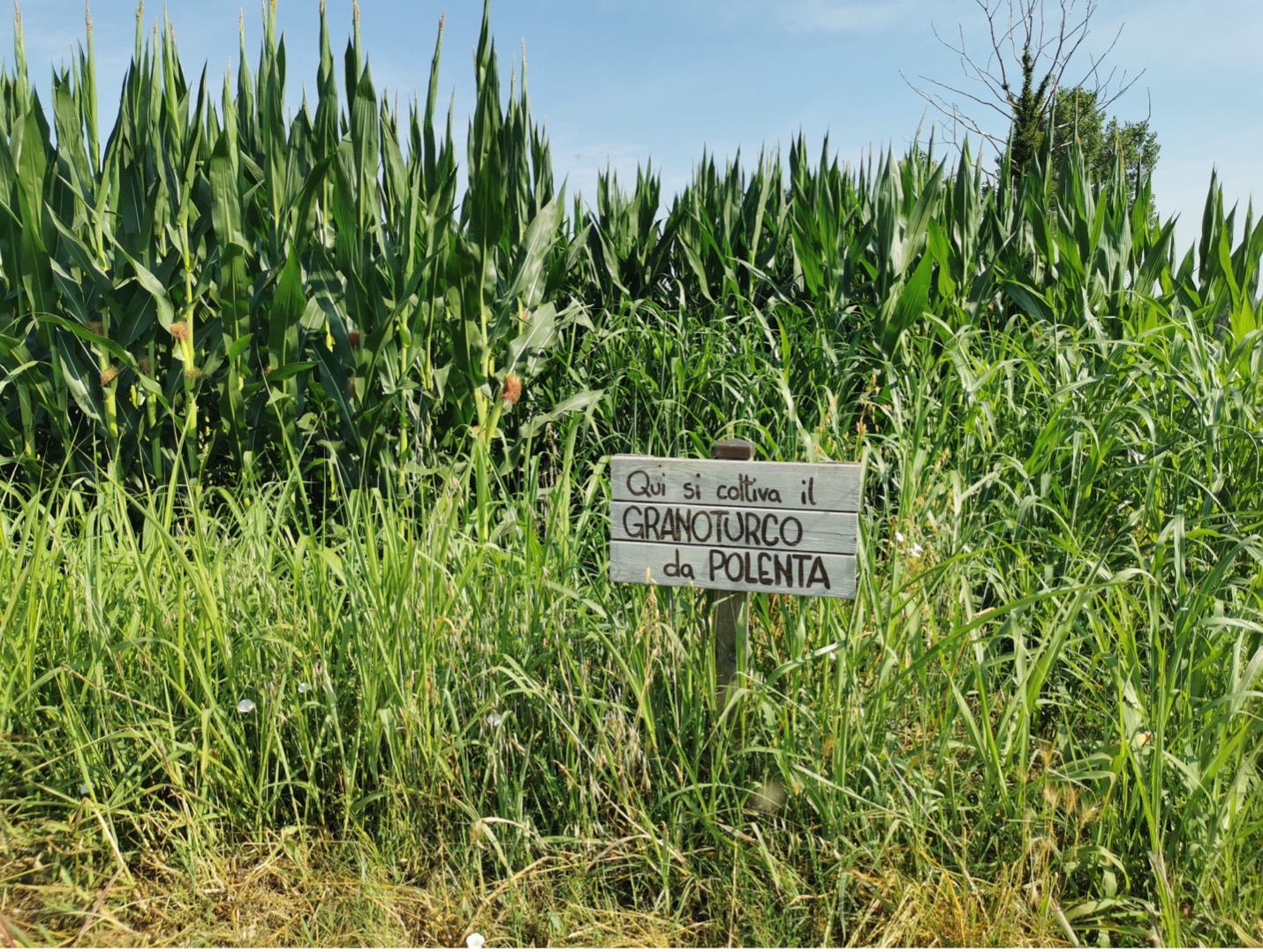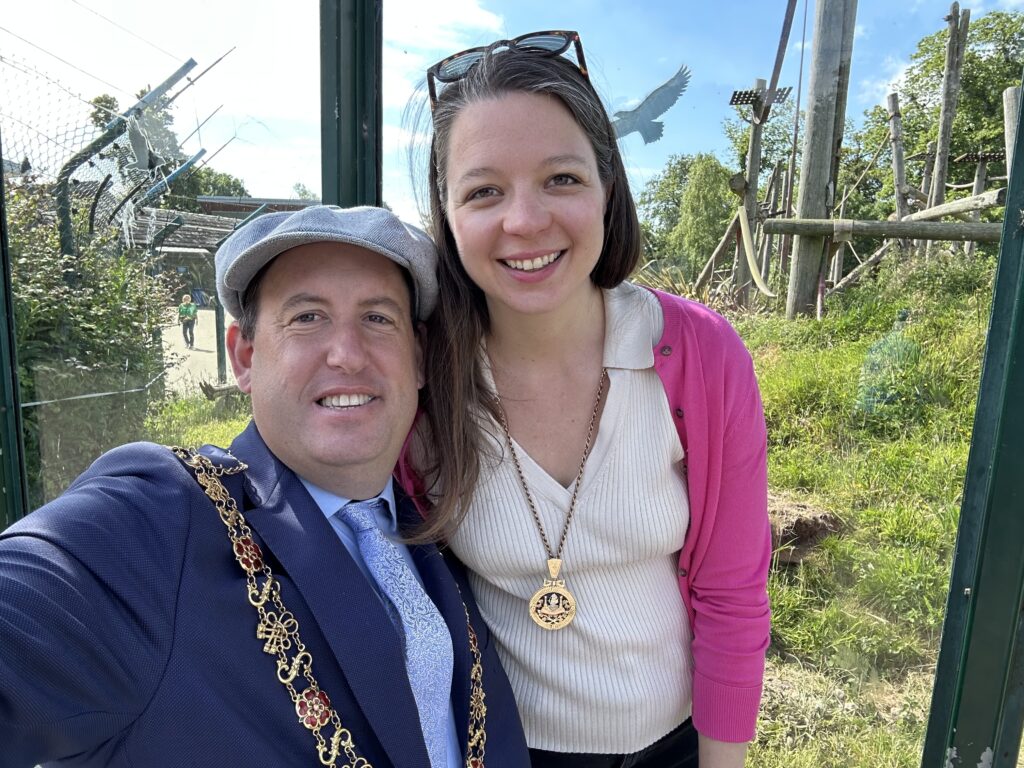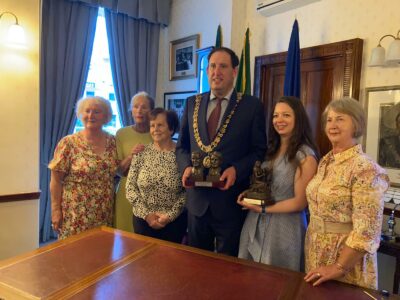
During the farewell speeches given to Cllr Kieran McCarthy at the Annual General Meeting of 21 June 2024, many councillors praised the artistic vibe of the outgoing Lord Mayor. He was, indeed, praised, in the general public, as the “singing Lord Mayor”. While being a singing aficionado for 20 years, having played in multiple plays and concerts, and benefitting from weekly coaching, he continued his passion while making the most of it during his mayoralty.
The best demonstration of the power of singing for Kieran is through the favourite moment of his mayoralty: when invited to launch the first dementia-inclusive shopping centre in Ireland, he sung from a single voice with people suffering from dementia. During that short moment, all the patience got reunited, in time and space, beyond illness, to be together.
Continue reading

